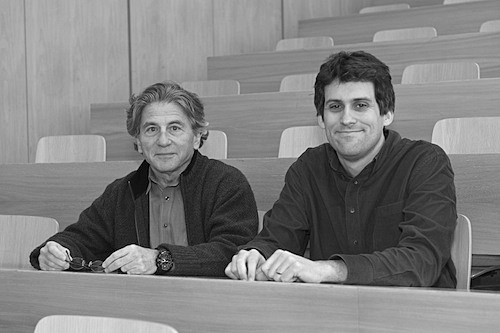Roberto Merlin
Department of Physics, University of Michigan, USA

Date
27 November 2013
Host
Steve Johnson
Title
Negative Refraction, Radiationless Interference and Subwavelength Focusing: The Quest for the Superlens
Abstract
Ernst Abbe published in 1873 a ground-breaking paper on the limit of resolution of an optical instrument, which was later rederived by Lord Rayleigh using Fourier analysis. The famous expression d = λ/nsinα relates d, the smallest separation that can be resolved, to the light wavelength λ, the refractive index n and the angle of the cone of light that can enter the objective, 2α. The first part of the talk will take us from the late 1800’s to the turn of the 20th century, when the field of near-field optics experienced a tremendous growth, emphasizing recent developments motivated by the work of John Pendry on negative-index superlenses. We will also discuss how Abbe’s result is related to Heisenberg’s uncertainty principle and how the diffraction limit can be bypassed without violating any physical law.
In the second part of the talk, we will introduce the concept of near-field plates. These are grating-like planar structures which rely on a hitherto unrecognized property of Maxwell’s equations to provide focusing well beyond the diffraction limit, at arbitrary frequencies. The subwavelength electromagnetic-field distributions closely resemble those of slabs of negative-index material. The structures’ design is related to that of the Fresnel plates in that diffraction forces the input field to converge to a spot on the focal plane. Unlike the conventional zone plates, for which focusing results from interference of traveling waves, the subwavelength plates control the near field and, as such, their superlensing properties originate from a static form of interference. Practical implementations of these plates hold promise for near-field data storage, non-contact sensing, imaging, nanolithography and wireless power transfer applications.
